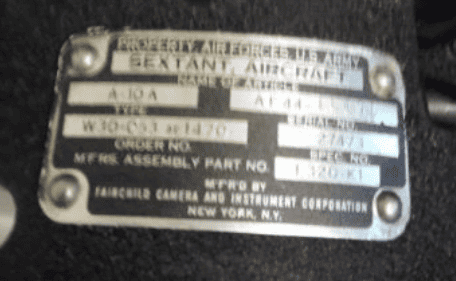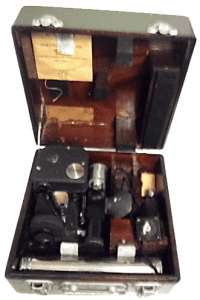John R. Lindsay entered military service on 4 December 1942. He was assigned to the 617th Bomber Squadron and later connected with the 477th Bomber Group. After training, his rank was elevated to Master Sergeant (MSgt).
He trained as World War II (WWII) was raging in Europe and it was becoming increasingly difficult for the United States to remain neutral. A few far-sighted men in the Army Air Corps saw the essential requirement for ‘trained’ celestial navigators in our military aircraft. This made MSgt Lindsey’s ‘special’ training unique.
Celestial navigation, also known as astronavigation, is the ancient and modern practice of position fixing that enables a navigator to transition through a space without having to rely on estimated calculations, or dead reckoning, to know their position. Celestial navigation uses “sights” or angular measurements taken between a celestial body (i. e., the Sun, the Moon, a planet or a star) and the visible horizon. Navigators most commonly used the Sun. MSgt Lindsay was trained on the B-17 Flying Fortress Bomber, B-25 Bomber Mitchell, P-47 Thunderbolt and P-51 Mustang.

Plaque text:
PROPERTY, AIR FORCES, U.S. ARMY
Name of Article SEXTANT, AIRCRAFT
Type A-10 A
Serial No. A F 44-15481
Order No. W 30-053 ac 1470
Spec. No. 27473
Manufacturer’s Assembly Part No. E 320-K 1
Manufactured by Fairchild Camera and Instrument
Corporation (New York, NY)
Learn more about John Lindsey in Tuskegee Airmen Profiles.


